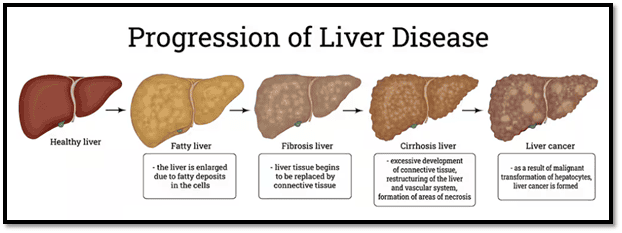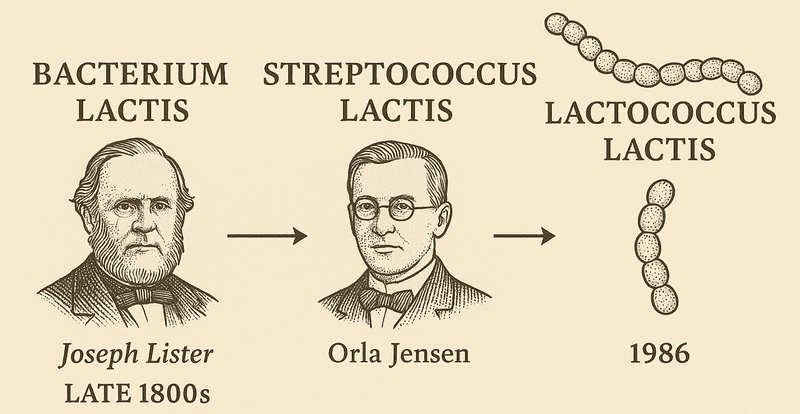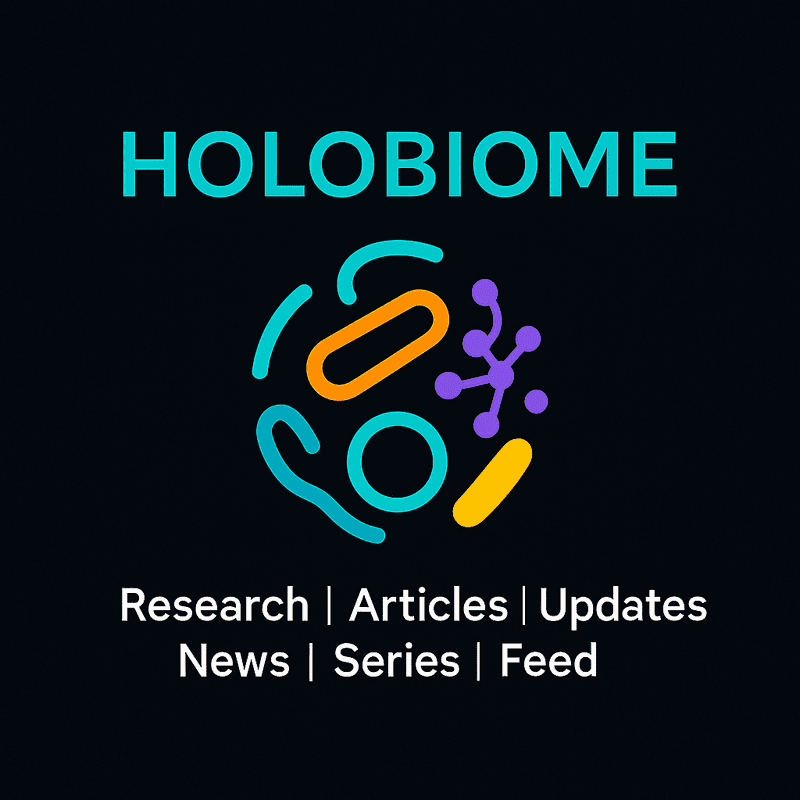History
The story of Lactobacillus helveticus begins with its name, which captures both its biology and its cultural roots. The genus name, Lactobacillus, comes from the Latin lactis (milk) and bacillus (small rod), a nod to its rod-shaped structure and deep ties to dairy. The species name, helveticus, is derived from “Helvetia,” the ancient Latin name for Switzerland, honoring its discovery in iconic Swiss cheeses such as Emmental.
First classified in 1925 by Bergey and colleagues, the bacterium’s type strain (ATCC 15009) was isolated from Emmental cheese. Like many microbes, its taxonomy has shifted over time at one point described as Lactobacillus suntoryeus, it was later confirmed to be the same species, with the synonym formalized in 2006. Phylogenetically, Lactobacillus helveticus belongs to the Lactobacillus delbrueckii group and is strikingly close to Lactobacillus acidophilus, differing by only 1.6% in their 16S rDNA sequences. Yet, while L. acidophilus is best known as a gut probiotic, Lactobacillus helveticus has carved its niche as a master of dairy fermentation.
What makes its name particularly fascinating is that it is more than a scientific label it reflects a historical footprint. Every mention of Lactobacillus helveticus recalls centuries of cheesemaking traditions and how microbial science intertwined with culture to shape foods still beloved today.

Health Benefits
Lactobacillus helveticus has attracted attention as a probiotic with wide-ranging health potential. The bioactive peptides it produces during fermentation are central to these effects. In cardiovascular health, tripeptides like valyl-prolyl-proline and isoleucyl-prolyl-proline act as natural ACE inhibitors, supporting blood pressure regulation. Clinical studies show promising results, though effectiveness appears to vary across populations, with stronger outcomes reported in Asian groups compared to Caucasian ones likely reflecting genetic, dietary, or microbiome differences.
Its benefits are not limited to the heart. Research points to antioxidant and anti-cancer potential, with fermented milk products reducing oxidative stress and slowing tumor growth in animal models. Exopolysaccharides derived from Lactobacillus helveticus have shown inhibitory effects on colon and gastric cancer cells in laboratory studies. In the realm of mental health, combinations of Lactobacillus helveticus with Bifidobacterium longum have reduced symptoms of anxiety and depression in clinical settings, while elderly participants consuming Lactobacillus helveticus-fermented milk reported improved sleep quality.
Other notable effects include strengthening gut balance by boosting butyrate production and suppressing pathogens, enhancing immune defenses as shown in athletes with fewer respiratory infections, and supporting bone health by improving calcium metabolism and lowering parathyroid hormone levels in older adults.
Applications
Lactobacillus helveticus is a thermophilic, obligately homofermentative lactic acid bacterium. Thriving at 42–45 °C, it produces lactic acid as its main metabolic product, an ideal profile for cheesemaking. At the core of its success lies its remarkable proteolytic system, a three-part mechanism involving cell-envelope proteinases (CEPs), peptide transporters, and intracellular peptidases. Together, they break down casein, the dominant milk protein, into amino acids the bacterium needs for growth. Unlike many lactic acid bacteria, L. helveticus often carries multiple CEPs, such as PrtH and PrtH2, giving it an edge in protein degradation.

This efficiency explains its long-standing role in dairy production. In hard cheeses like Emmental, Gruyère, Parmigiano Reggiano, and Grana Padano, it reduces bitterness and contributes the nutty notes that define these classics. In Emmental specifically, it works alongside Propionibacterium to form the signature “eyes,” or holes, through carbon dioxide release. Today, its applications extend beyond traditional cheeses to fermented milk beverages and even experimental plant-based fermentations.
What makes this proteolytic system extraordinary is its dual impact: while fueling the bacterium’s growth, it also produces peptides and amino acids that carry direct health benefits for humans, a rare example of microbial survival strategies doubling as tools for human wellness.
Microbe profile
Shape : Rod shaped
Gram nature : Gram Positive
Spore formation : No
Biofilm formation : Yes
Oxygen requirement : Facultative anaerobe
Optimal temperature : 42–45 °C
Optimal pH : 5.5 to 5.8
Nutrient usage : Casein and whey proteins
Taxonomic Classification
Domain : Bacteria
Phylum : Firmicutes
Class : Bacilli
Order : Lactobacillales
Family : Lactobacillaceae
Genus : Lactobacillus
Species : Lactobacillus helveticus
-Neha Rao
References
Taverniti, V., & Guglielmetti, S. (2012). Health-Promoting Properties of Lactobacillus helveticus. Frontiers in microbiology, 3, 392. https://doi.org/10.3389/fmicb.2012.00392
Griffiths, M. W., & Tellez, A. M. (2013). Lactobacillus helveticus: the proteolytic system. Frontiers in microbiology, 4, 30. https://doi.org/10.3389/fmicb.2013.00030
Giraffa G. (2014). Lactobacillus helveticus: importance in food and health. Frontiers in microbiology, 5, 338. https://doi.org/10.3389/fmicb.2014.00338
Sadat-Mekmene, L., Genay, M., Atlan, D., Lortal, S., & Gagnaire, V. (2011). Original features of cell-envelope proteinases of Lactobacillus helveticus. A review. International journal of food microbiology, 146(1), 1–13. https://doi.org/10.1016/j.ijfoodmicro.2011.01.039
Slattery, L., O'Callaghan, J., Fitzgerald, G. F., Beresford, T., & Ross, R. P. (2010). Invited review: Lactobacillus helveticus--a thermophilic dairy starter related to gut bacteria. Journal of dairy science, 93(10), 4435–4454. https://doi.org/10.3168/jds.2010-3327
Foster, L. M., Tompkins, T. A., & Dahl, W. J. (2011). A comprehensive post-market review of studies on a probiotic product containing Lactobacillus helveticus R0052 and Lactobacillus rhamnosus R0011. Beneficial microbes, 2(4), 319–334. https://doi.org/10.3920/BM2011.0032


